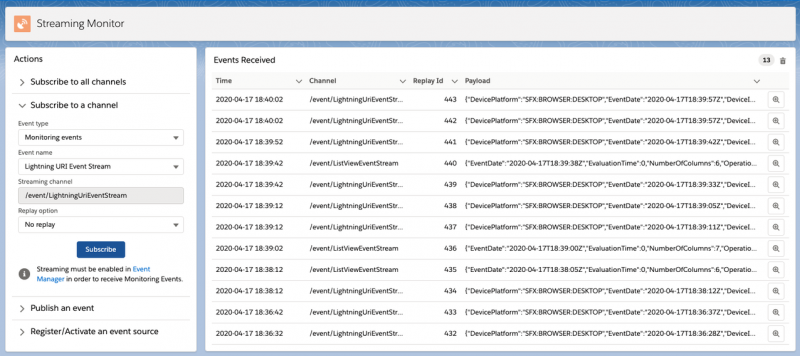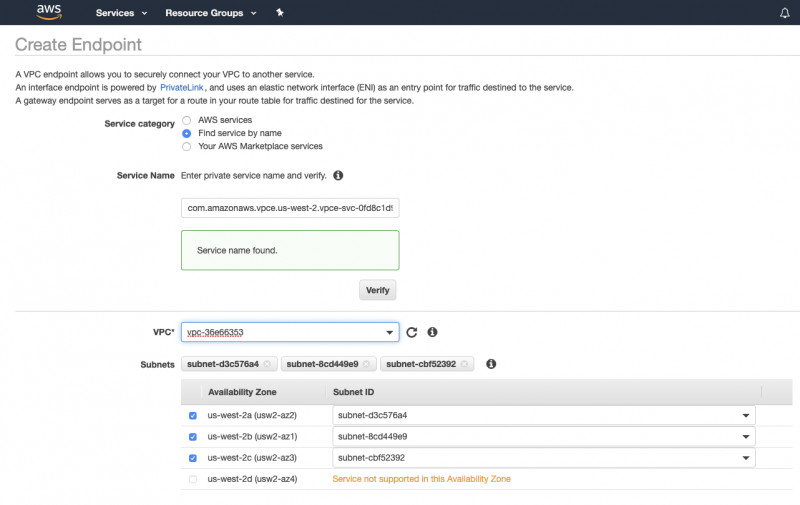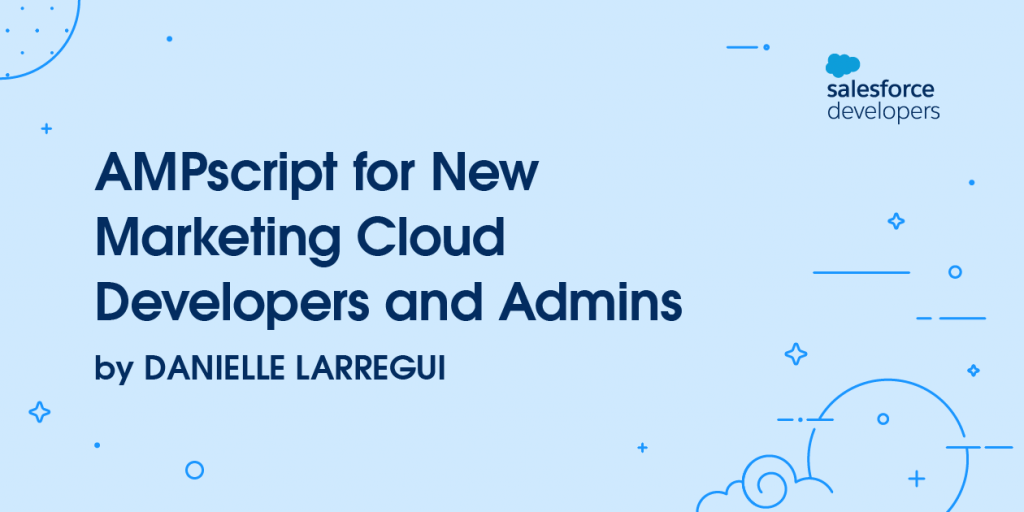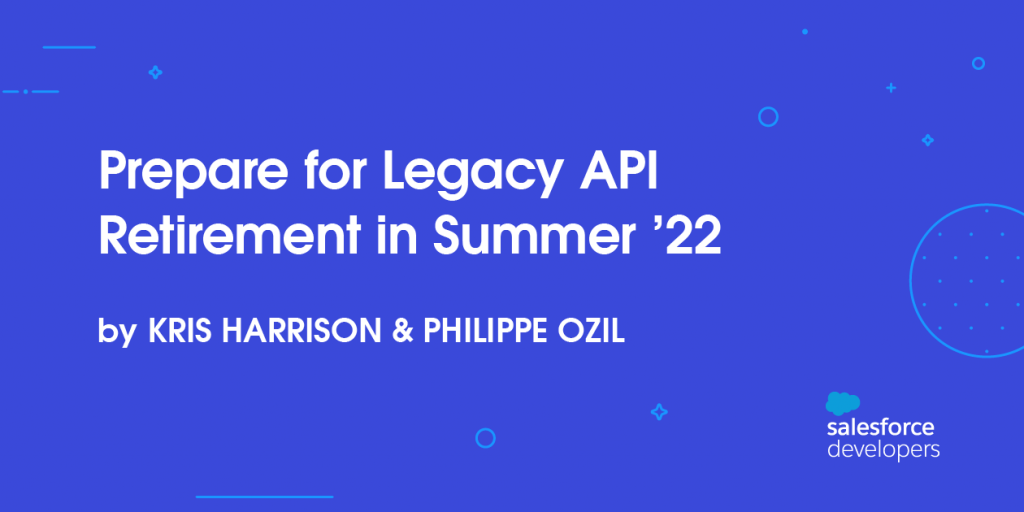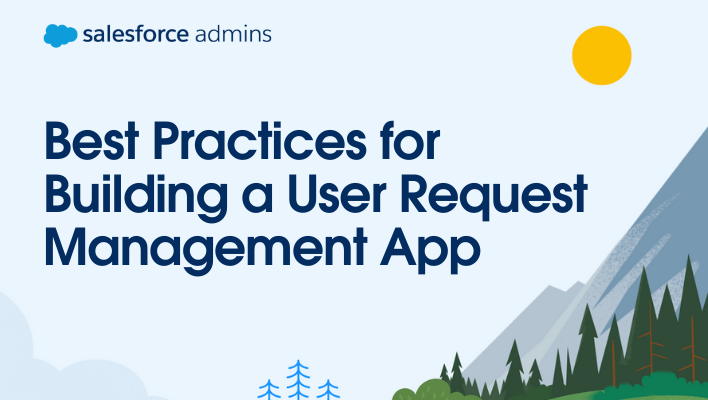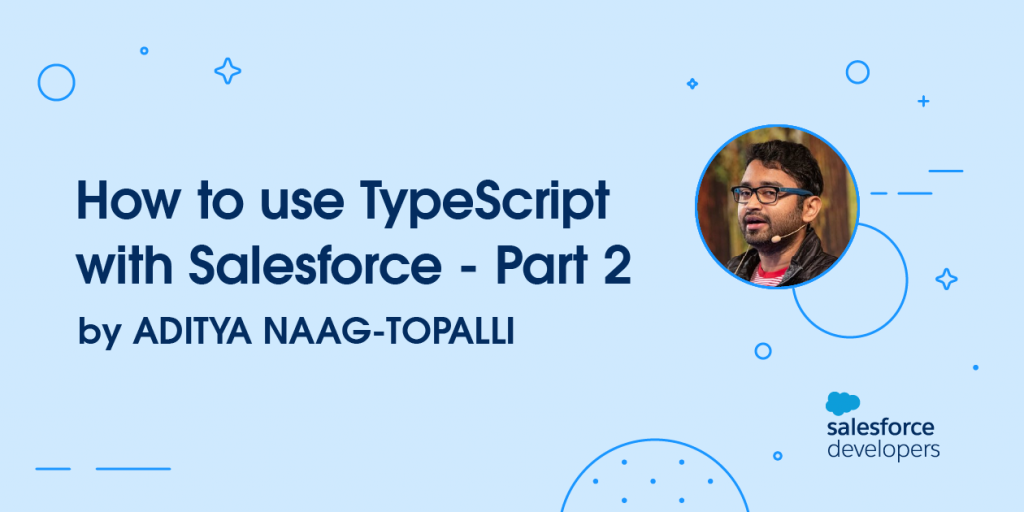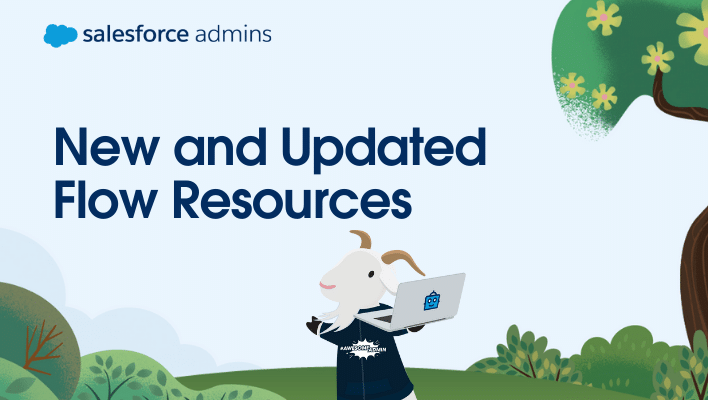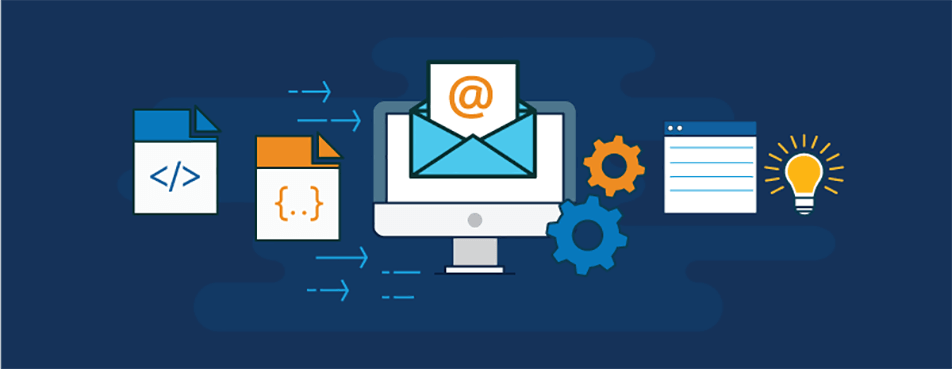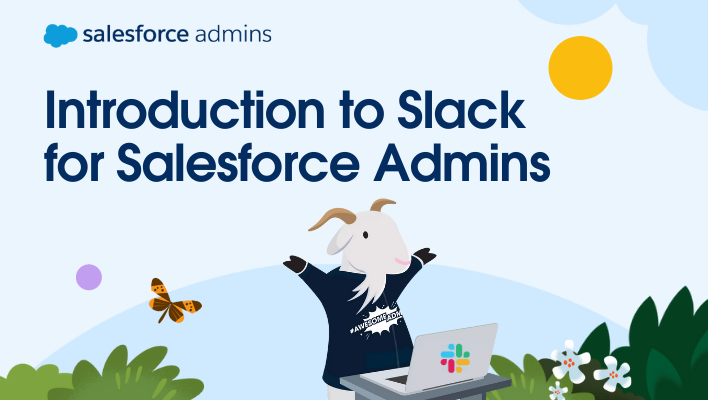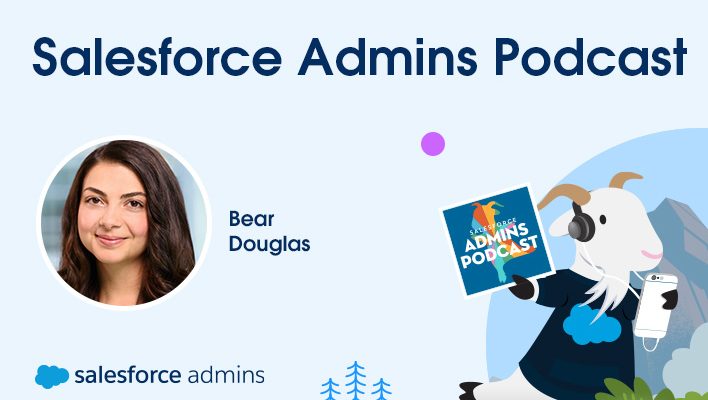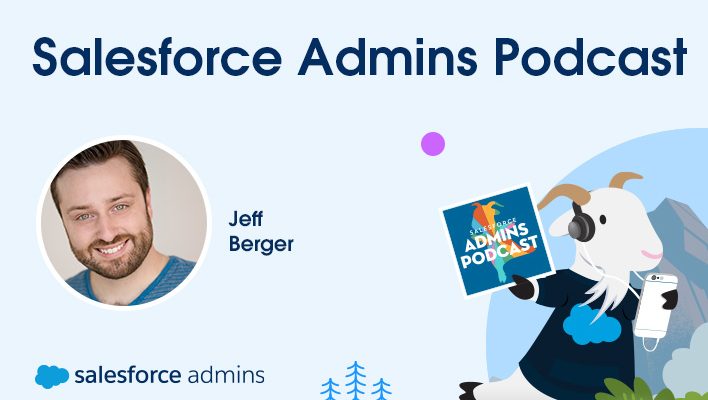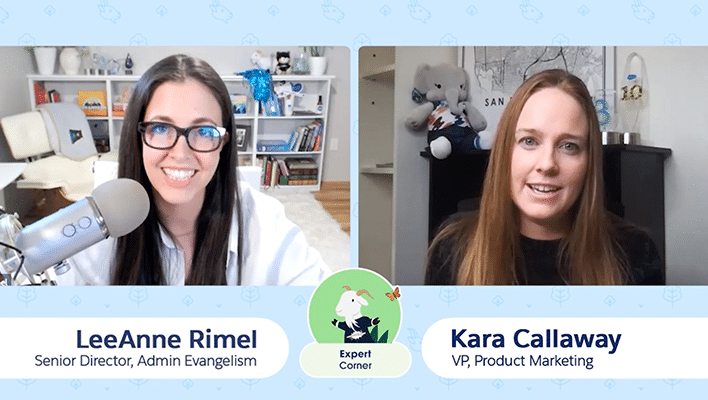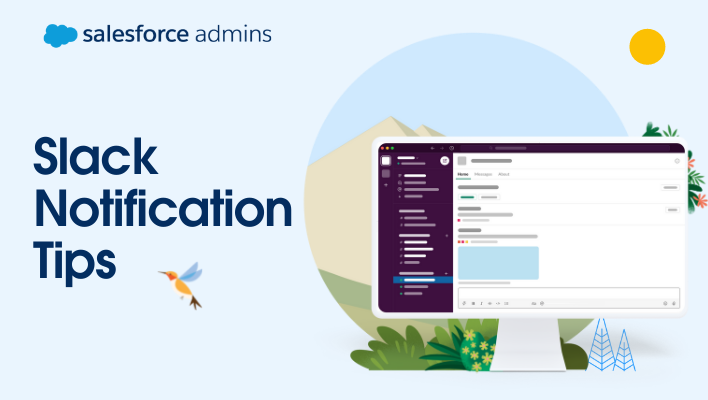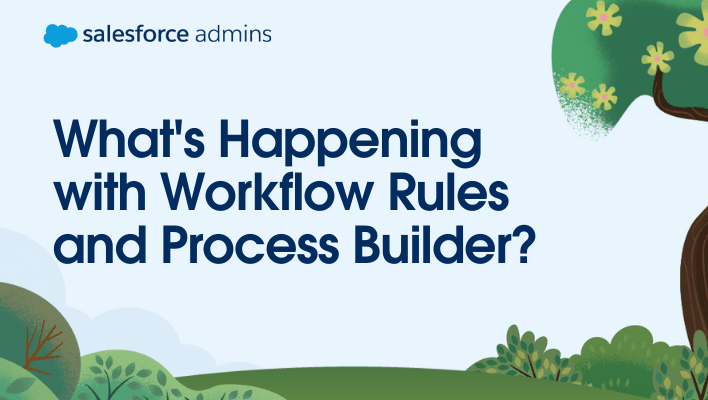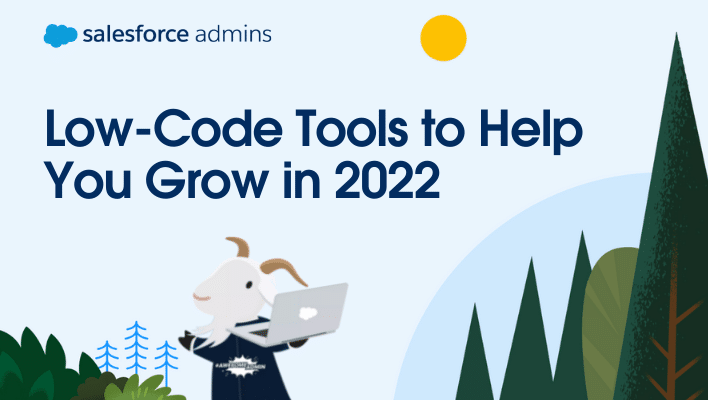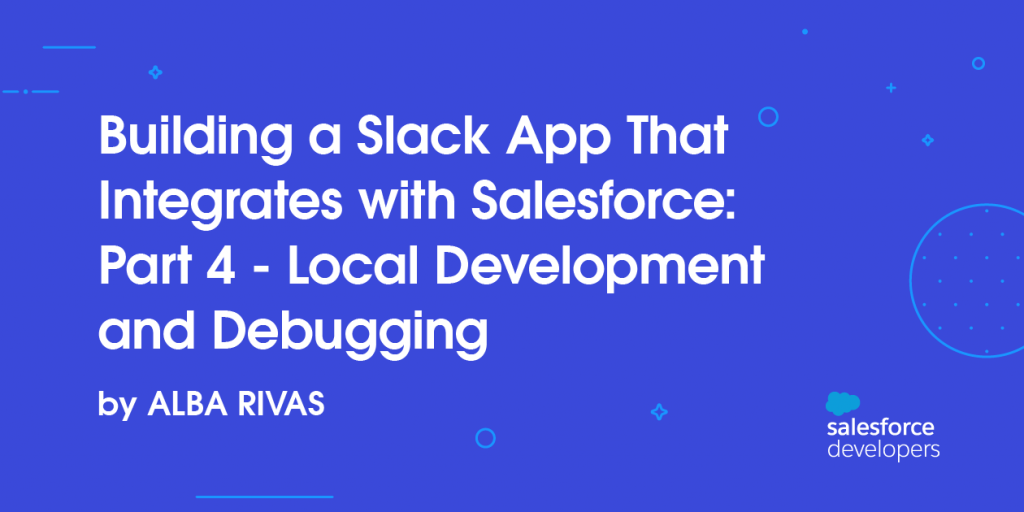React Native Mobile App with Tableau Embedded
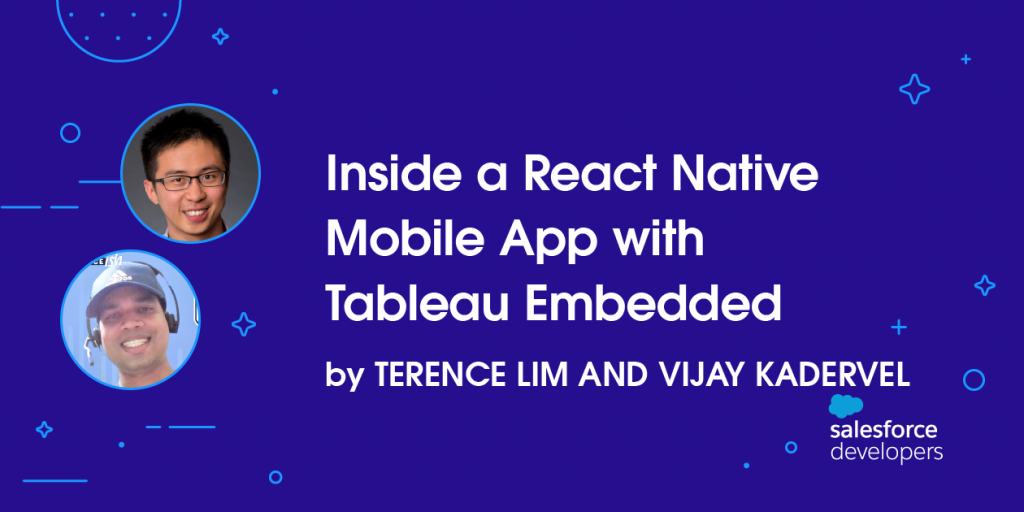
This mobile app demo (which we branded “Eureka Finance”) aims to showcase a simple use case: the senior leadership of a business seeks to access crucial business data to facilitate the making of executive decisions. While we crafted our example for a finance business, this use case is applicable to any industry. We hope that our experience will show you the “art of the possible” when creating your own custom mobile apps using React Native and bringing in useful datasets for your own business apps.
How To Deliver a Successful Product Launch

Your brand has a new product on the way. Your marketing team has spent months partnering with product management to understand the roadmap and build messaging and positioning. Now it’s time for the fun part: telling the world about this new innovation with a product launch.
Salesforce defines a product launch as announcing a new offering to the public. Launches are an opportunity to tell a compelling story about your product, not just about its functionality but also the impact it will have on people.
How To Create a Great Voice and Tone for Your Brand

If you’re going to create content for your customers, prospects, and partners, then it needs to sound like it all came from the same company. When you have an established voice and tone for your brand, and you use it consistently, you build trust with your audience.

I am 12x Salesforce certified | Leader of New Delhi Salesforce Developer Group | Speaker | Blogger|

